Creative activities and research are critical to informing our teaching, empowering our students, and enriching our region. ENMU's Excel: Research & Creativity@ENMU video lecture series initiative highlights the diversity of scholarly endeavors at ENMU.
These presentations help to support the idea that creative and research activities are critical components of excellence in teaching.
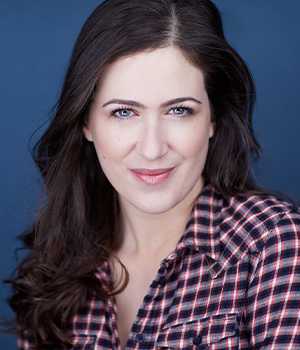
Clara Kundin
Assistant Professor, Theater
Accessible Practices to Support Neurodivergent ActorsFor forty years, theater educators have worked to develop accessible practices to support neurodivergent students in the drama classroom. But how do we carry these accessible practices into rehearsals and performance spaces outside of the classroom? Using data-driven and practice-based techniques, I will lead this exploration of the ways educators can support students with disabilities to succeed on the stage, the science lab, the concert hall, or the football field.
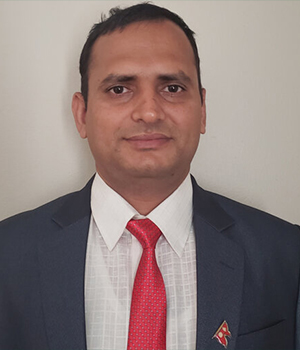
Dr. Dipak Dulal
Assistant Professor, Mathematics
Exploring Fire Behavior and Pattern Wildland Fire Data Via Machine Learning TechniquesWe will explore how machine learning models, like regression models, can predict wildfire behavior. The presentation presents the results of modeling fire behavior and propagation patterns using real-time thermocouple temperature data from a prescribed burn. This research advances fire behavior modeling and enhances fire management strategies. These are important tools as we face increasing numbers of wildfires each year.
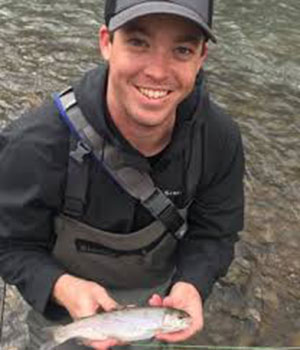
Dr. Zachary Mitchell
Assistant Professor, Biology, Director of the Gennaro Live Exhibit
Drying Rivers: Responses of Fish in Isolated Pools During Reduced Stream FlowNew Mexico is highly susceptible to drought and excessive water extraction, and it is important to understand the impacts of stream drying on aquatic communities. Dr. Mitchell's project is designed to better understand the relative importance of various abiotic and biotic factors in determining fish survival in isolated pools during periods of reduced stream flows in the Pecos River, New Mexico. We need to understand the effects of drought and support measures that mitigate drought's impacts on aquatic communities.
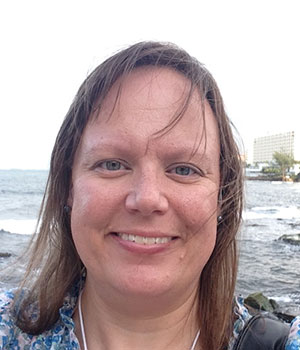
Dr. Jennifer Welsh
Assistant Professor of History
Globe-Trotters and Guidebooks: Western Tourists in Meiji JapanThe rapid expansion of middle-class tourism in the second half of the nineteenth century coincided with the opening-up of Japan following the Meiji Restoration. With guidebooks in hand, western tourists flocked to the country, eager to experience an exotic foreign culture. This presentation will examine how guidebooks and tourist photo albums helped them navigate where to go, what to see, and how to perceive the culture they were visiting.
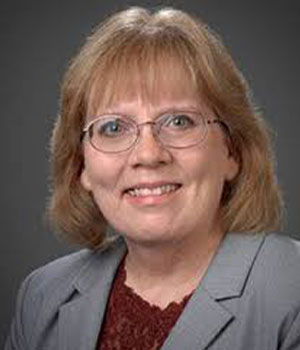
Kristin Kuhlmann, Ph.D., RN
Director of Nursing
Change in Perceived Wellness of U.S. University Employees during the COVID-19 PandemicFrom March 2020 – Fall 2021, the ENMU-Portales campus was closed to all students and employees due to the COVID-19 pandemic, except those deemed "essential" to the function of the campus. Due to indications that U.S. residents were experiencing adverse, indirect mental and physical effects caused by the COVID-19 pandemic, a survey study aimed at measuring perceived wellness was conducted with ENMU-P employees at two times: upon their return to campus in Fall 2021 and seven months later, in Spring 2022. Findings of the study will be reported, as well as the methodologies employed for data collection and analysis.
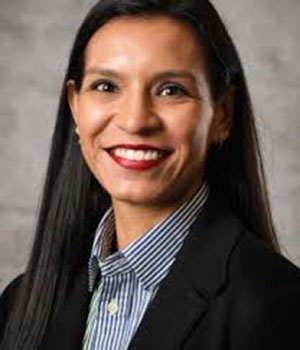
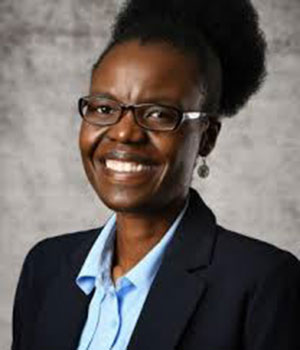
Dr. Elizabeth M. Jackson | Assistant Professor of Special Education
Dr. Tsitsi Nyabando | Assistant Professor of Early Childhood Education
Literacy skills in the early primary grades are essential for school, college, and workplace success. The primary goal of the Eastern New Mexico University (ENMU) Summer 2023 reading clinic was to help PreK-2nd grade students in the local schools reading below grade level to develop the skills that they needed and help them retain the gains over the summer break. A pre and post-test were administered to guide instruction and determine the program's effectiveness.
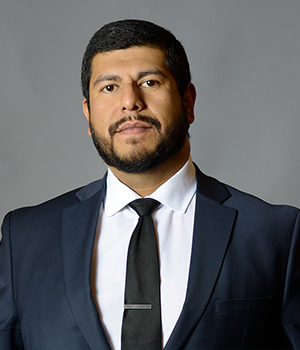
Dr. Richard Guerra
Assistant Professor of Kinesiology, Sport Administration Graduate Coordinator
Effects of Physical Activity Choice on Implicit Learning in Younger AdultsDr. Richard Guerra's latest study assessed the relationship between physical activity and cognition regarding implicit learning to improve aging. Dr. Guerra designed this study to explore implicit sequence learning tasks and an individual's physical activity levels using IPAQ classification. Overall, this research helps us understand physical activity choices that can improve one's quality of life.
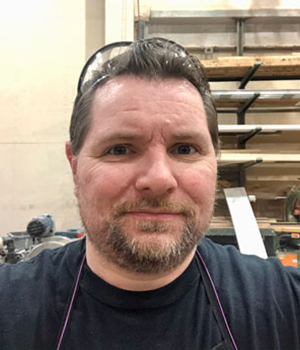
Josh Jenkins, Instructor of Technical Theatre and Design
The Queen of Fashion. Marie Antoinette, French Court Fashion and the Downfall of the French Monarchy
Did Marie Antoinette actually say "Let them eat cake"? Not exactly, but her behavior at court and use of fashion as a political tool was a main contributor to her losing her head during the French Revolution. Journey with us as we explore how the Queen's fashion and extravagant behavior led to the downfall of the French Crown.
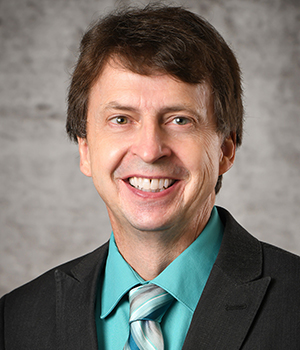
Dr. Jeff Gentry, Dr. Jayson Evaniuck, Dr. Ivana Mali, Thanchira Suriyamongkol
Living in the Wrong Time Zone: Elevated Risk of Traffic Fatalities in Eccentric Time Localities
This new interdisciplinary research applies circadian-entrainment theory to the problem of motor-vehicle fatalities in the United States. Across twelve years of data, vehicle-fatalities rates (VFRs) were found to be 21.8% higher in U.S. counties that are located west of their natural time zones (i.e., eccentric time localities, or ETLs). The result is more than one-thousand highway deaths per-year total in the Eastern, Central, and Mountain time zones above what would be predicted if ETLs had the same death rate as solar-natural counties.
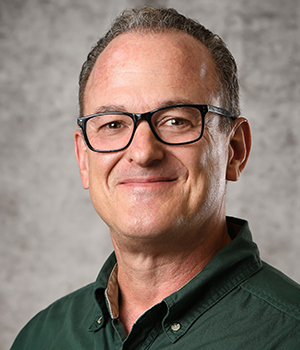
Dr. John Petrone (Lead Researcher), Dr. Matthew Vetterly, Dr. Kathleen Wagner, and Dr. Jayson Evaniuck
A Quantitative Study on Understanding Teacher Inspiration: Inspiring Further Questions"
In the study "Inspired to Teach," we investigated the role of teacher inspiration connected to what influences an individual to become a teacher and how teachers might encourage their students to consider the teaching profession. The researchers collected data by administering a 35-question Likert survey instrument to 615 K-12 public school teachers from over two dozen school districts across New Mexico.
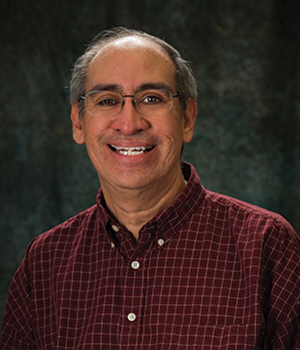
Dr. Manuel Varela
Professor of Biology
Dr. Varela holds a Ph.D. in Biomedical Sciences with an emphasis in biochemistry and molecular biology from the University of New Mexico, Health Sciences Center. Varela has postdoctoral training in microbial physiology from Harvard. Varela has published numerous primary articles, review articles, and book chapters. Along with his wife Ann Varela and colleague Mike Shaughnessy, Varela has published several books dealing with famous scientists' lives and scientific investigations.
How Bacteria Eat Sugars and Avoid Death by Poisons: the Story of the Antiporter Motif, Multidrug Resistance, and Synergistic Killing of Pathogens
This presentation covers how bacteria alter their appetites for different sugars by mutating solute transport systems. The talk also relates the importance of evolutionarily conserved amino acid sequence motifs toward conferring multidrug resistance in severe bacterial pathogens. The lecture concludes by presenting recent data dealing with the synergistic growth inhibition in disease-causing microbial pathogens.
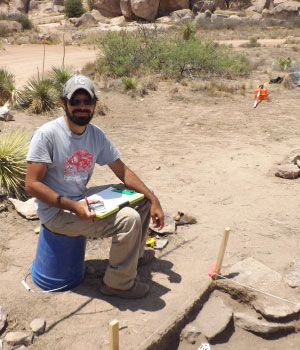
Dr. Brendon Asher
Assistant Professor of Anthropology/Director Blackwater Draw
Ph.D., Anthropology, University of Kansas
Virtual Tour of Blackwater Draw National Historic Site
Join Dr. Asher as he gives us a tour of Blackwater Draw National Historic Landmark. The Blackwater Draw landmark is defined as a 640-acre landscape of human activity areas in an upland containing a spring-fed Pleistocene Lake. Not only is there the expected panoply of stone tools and projectile points, but outstanding bone preservation gives a glimpse of the more perishable possessions of the inhabitants. Many species of extinct fauna are found in cultural levels, as are implements made from stone, bone, and ivory by the region's first inhabitants. As a major water source in the area, this locality was used throughout the entirety of prehistory and well into historic times, leaving an archaeological palimpsest of occupations and cultural activities. The Paleoindian occupation of the site is by far the most extensive with thousands of tools littering the landscape amidst an enormous number of megafauna and smaller animal kills.

Dr. Richard Allington
Assistant Professor of History
Ph.D., Medieval History, Saint Louis University
Dr. Richard Allington was born and raised in Hemel Hempstead in the UK. He completed his B.A. in History at Christendom College in 2011 and his Ph.D. in Medieval History at Saint Louis University in 2018. He is currently an Assistant Professor of History at Eastern New Mexico University.
New Soldiers: The Crusades of St. Francis of Assisi
Previously, few medieval figures have been viewed as more antithetical to the crusades than the poor man of Assisi, considered a nature-loving man of peace, rather than a brutal warrior knight. Reviewing the early biographies of Francis in light of modern crusades scholarship, however, shows that the ideas underpinning crusading campaigns also exercised a profound influence in the formation of Franciscan spirituality.
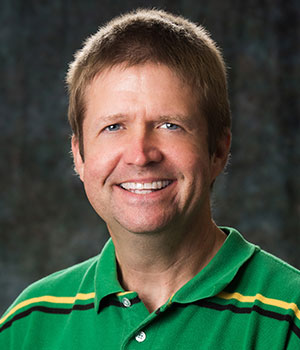
Dr. Darrell Roe
Assistant Professor of Communication
Ph.D., Mass Communication, University of Georgia
Revealing the Schematic Tricks in TV Commercials: Why Are Those Ads So Effective
A critical analysis of the formal features of TV ads to determine the rhetorical techniques used by advertisers. This analysis presumes that advertisers are both manipulative and deceptive, using psychological tricks to distract viewers from assessing the validity of product claims. Moreover, they play on viewers' preconceived stereotypes and expectations. They do all of this without viewers knowing the techniques that are being used.